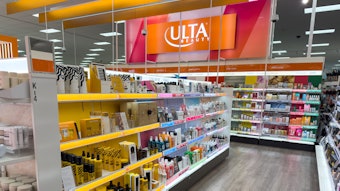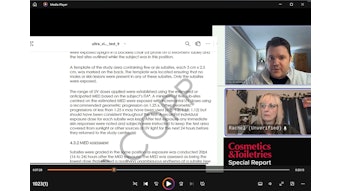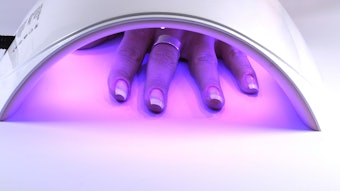
Health Canada is proposing amendments to its Cosmetic Ingredient Hotlist, including:
- Substances being considered for addition to the hotlist,
- Proposed revisions to existing entries and
- Other minor updates, such as the inclusion of additional substance identifiers or corrections.
This notice has been issued in advance of the official consultation. Health Canada will not be responding to feedback at this stage.
Proposed Additions to the Hotlist
Restricted Substances
- Basic Violet 4: Due to its potential carcinogenicity identified in assessments under the Chemicals Management Plan (CMP) and increased exposure levels based on recent cosmetic notifications, Health Canada proposes restricting its use to specific product types with maximum allowable concentrations.
- Basic Blue 7: Similarly, following a CMP assessment and subsequent exposure data, this substance may be restricted for use in certain cosmetic products under specific conditions.
- Polyaminopropyl Biguanide (PHMB): Based on CMP findings, PHMB is proposed for restriction. It may be prohibited in spray formulations due to inhalation risks, while topically applied products would have maximum concentration limits to mitigate the risk of skin sensitization.
Proposed Revisions to the Hotlist
Prohibited Substances
- Symphytum spp. (including Symphytum officinale): Removal of the exception for S. officinale is being considered due to the presence of hepatotoxic and carcinogenic alkaloids.
- Brucine: Currently listed as restricted, brucine and its salts may be reclassified as prohibited due to acute toxicity, neurotoxic effects and dermal absorption risks.
- Imperatorin: Proposed for removal as a standalone entry. This would be covered under the general entry for furocoumarins, given its similar phototoxic effects.
Restricted Substances
Furocoumarins (excluding naturally occurring forms in plant extracts): Revision to clarify that furocoumarins cannot be intentionally added to products. Only trace amounts from natural extracts would be permitted.
The maximum concentration limit would apply to all leave-on products, not just sun-tanning products, due to potential UVA exposure.
Other Miscellaneous Revisions
The hotlist may also be updated to include new synonyms, Chemical Abstract Service (CAS) numbers, and corrections to existing entries (e.g., typos or formatting).
CMP Ingredients Under Review
Health Canada also is evaluating the following ingredient groups under the CMP. While these may not be included in the upcoming hotlist consultation, future changes are possible if risk conclusions are confirmed.
- Acyclic, monocyclic and bicyclic monoterpenes
- Alcohols group
- Boric acid and its derivatives
- 14 Terpene and terpenoid substances
- Gas oils and kerosenes in consumer products
- Low boiling point naphthas
- Monocyclic and bicyclic sesquiterpenes
- Parabens
- Phenylpropanoids and aldehydes
- Salicylates
- Tricyclic sesquiterpenes and triterpenoids
Note that if Health Canada identifies a serious risk, it may take immediate action without waiting for a formal hotlist update.
About the Cosmetic Ingredient Hotlist
Health Canada's hotlist is not exhaustive, is used to inform manufacturers and stakeholders of certain substances in cosmetics that may violate Section 16 of the Food and Drugs Act (FDA) or specific provisions of the Cosmetic Regulations. It also highlights substances with no cosmetic or functional purpose that may disqualify a product from meeting the definition of a cosmetic under the FDA.










